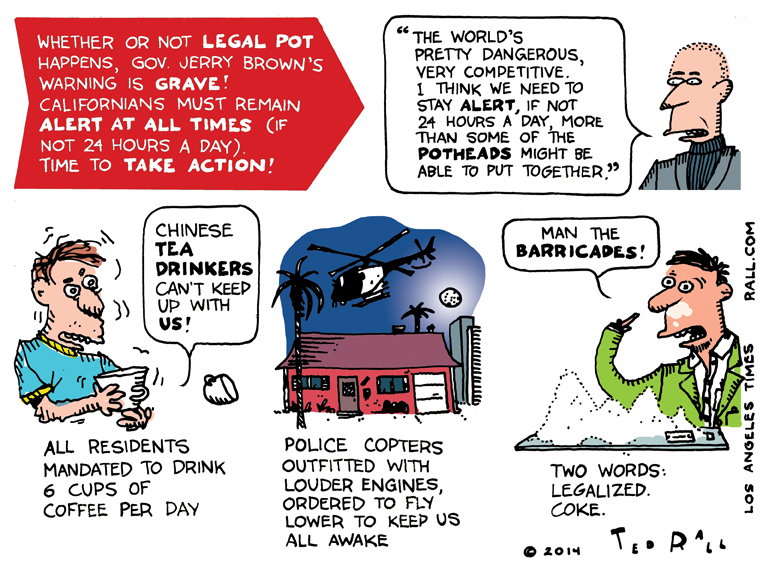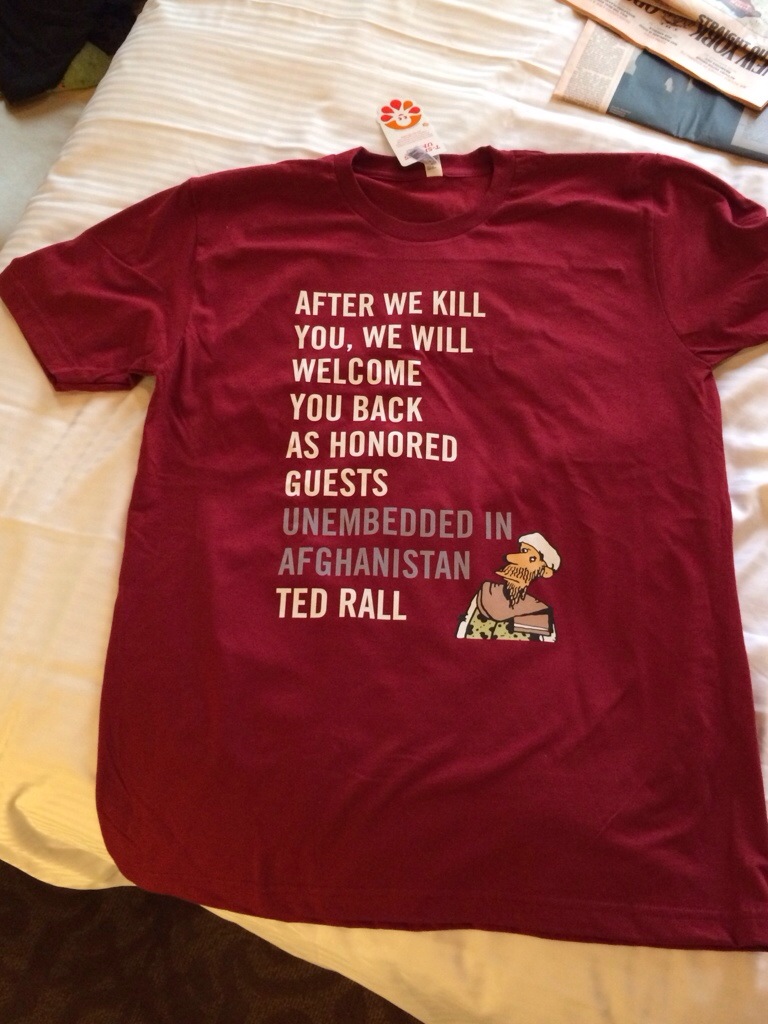Check out my take on the hilarious spectacle of the CIA and the Senate Intelligence Committee spying on each other at the same time. An excerpt:
The end of privacy, it turns out, is having positive effects. If there are embarrassing photos of and/or factoids about most people on the Internet, for example, then they’re de facto not a big deal — and thus no longer something to be ashamed about.
Privacy is the midwife of shame. Let a million nudie selfies upload forth!
Another laudable side benefit of the guvmint’s attempt to know everything about everyone all the time: It’s funny.




